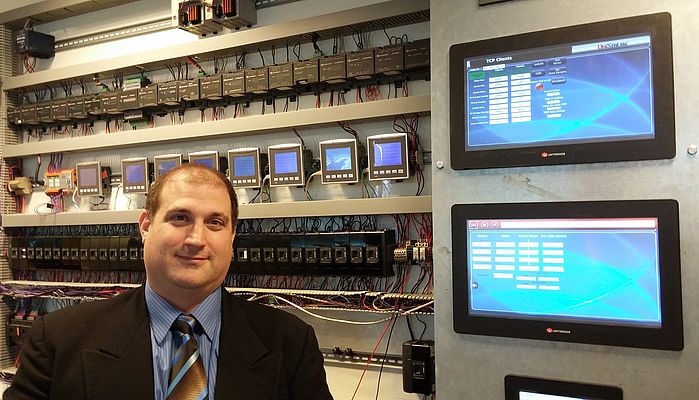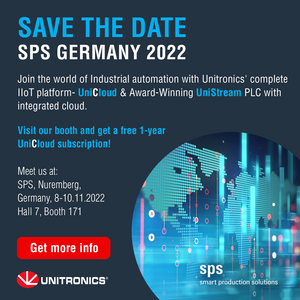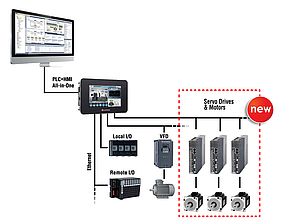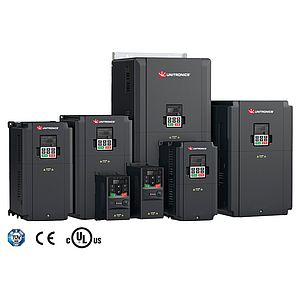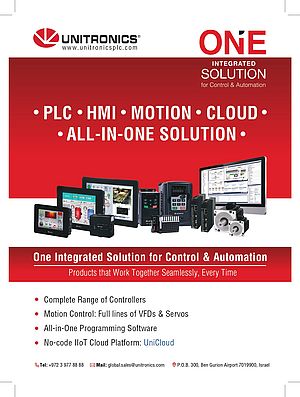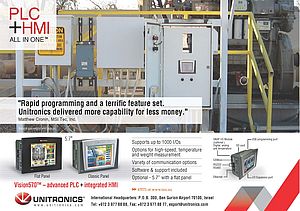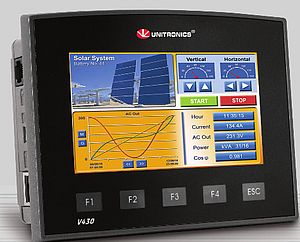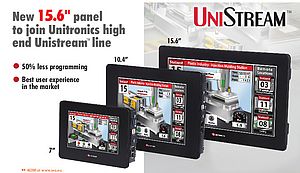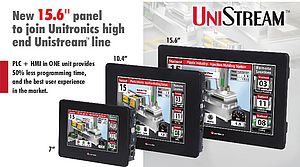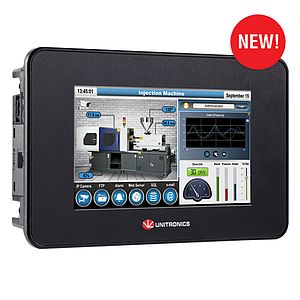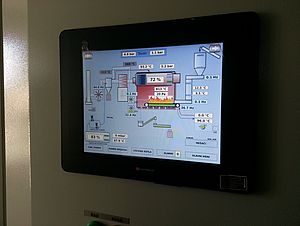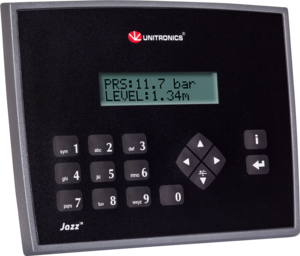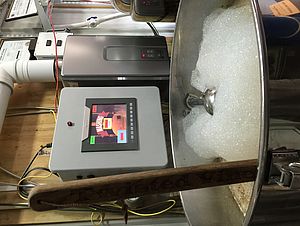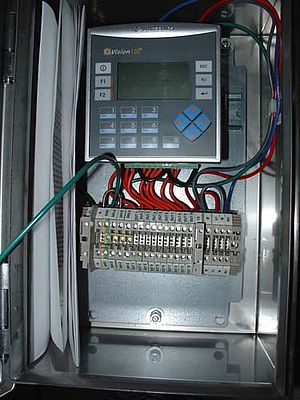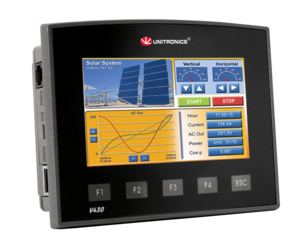IEN Europe: Is industry 4.0 growing? What is estimated for the future?
Mr. Novich: Industry 4.0 is starting to attract a lot of attention in the market; however, there are many concerns and risks associated with adopting a new initiative based on new and emerging technologies. While Industry 4.0 and the Internet of Things are commonly used terms, there are still many people that do not understand the distinction between them. According to Control Engineering's IIoT and Industry 4.0 familiarity survey showed 67% of respondents have little to no familiarity with Industry 4.0 principles, and 41% have little or no familiarity with the Internet of Things.
At the same time, we are also seeing surveys indicating that a small amount has actually integrated their Information Technology infrastructure with their Operational Infrastructure. Most importantly, the surveys also indicate that only 30% of the plant floor equipment has a network interface, meaning there will be quite a bit of retrofitting to be done to comply with Industry 4.0's design principles.
It is important to note that these numbers, while they seem to be low, point out the start of the adoption cycle. Many other manufacturers in the PLC market are ramping up their product lines to meet the requirements of Industry 4.0. These are all key indicators that we are approaching wide spread adoption and deployment. Given all of that, there are still a number of concerns and hurdles that need to be overcome before we see the hockey stick effect of mass adoption; however; wide spread adoption will still take a number of years. Many companies have large amounts of money invested in their current set of machines that downtime for a retrofit could be costly. This in turn will drive a slower adoption of retrofitting machines. With high investments such as these, these companies will also try and stave off the purchase of newer machines until the smart factory has standardized and has shown significant ROI.
IEN Europe: How will industry 4.0 influence the future of PLCs?
Mr. Novich: The PLC is still seen as the main control center for the manufacturing machines even in Industry 4.0 and other "Smart Factory" initiatives. The PLC can be seen as the central processor for all real time decisions for the manufacturing process. Input sensors will report directly to the PLC about their status so that the PLC can automatically manufacture what is required at that given moment. It will also be the human interface to a particular machine in real time to allow the human aspect of machine operation to be more automated and secure.
The PLC is very versatile and can read from many different types of inputs and can be programmed with complex logic that will allow it to execute the exact steps needed to achieve a particular purpose. The PLC can handle thousands of input and outputs almost simultaneously in extended temperature ranges. The PLC can be housed in isolation so that there is little to no electrical noise interference. This is especially important if there are sensitive sensors and processes that require precise monitoring and actions. The PLC can be placed in harsh conditions in places where there is dirt, dust and other contaminants.
The PLC has programs and logic stored locally which generally means no outside networking. This means that the machine will continue to do what the PLC says even though it is independent from potential communication failures. Lastly, the PLC's routines are based on input conditions that it senses from the sensors that are connected to it. It will then set the outputs correctly based on preprogrammed logic without outside interference. These outputs results are based solely upon input conditions and therefore situations occurring outside the machine that is operating have little to no effect on the PLC's operation.
The "Smart factory" will have the sensors report both to the cloud and to the PLC simultaneously. In this way micro "big data" can be tracked an analyzed for preventative maintenance and optimal performance of that single device within the scope of the manufacturing process. The PLC will send more robust data, which will include sensor performance and other details relating to the manufacturing process itself. In this way the PLC data in conjunction with the sensor and other device data can be integrated together to show the "big picture" that results from the collection of the "big data". Analysis tools can then help plant managers and others to better leverage resources, batch scheduling of jobs, logistics, supplier timing and other functions that are critical to create more efficient manufacturing processes. The bottom line is that the PLC is an integral part of IIoT, Industry 4.0 and the "Smart factory".
IEN Europe: Is Industry 4.0 a part of Unitronics' vision?
Mr. Novich: Unitronics has always been and continues to be in the forefront of technology in the PLC market. Industry 4.0 compliments Unitronics vision of how PLCs are connected not only to other machines but also to the internet. The Internet can give Unitronics' customers the ability to offer more advanced services as well as be able to handle the changing needs of the manufacturing industry today and in the future. The key to handling the changing market is to be able to understand what drives the needs of the machine builders and to give them products that answer their needs. Smart factory initiatives are just one of the many upcoming technologies that Unitronics is envisioning as the future of manufacturing.
IEN Europe: Is Unitronics prepared for industry 4.0?
Mr. Novich: Unitronics is uniquely positioned to embrace Industry 4.0 and smart factory initiatives. Unitronics has a diverse portfolio of features that enable communication interoperability including file transfer utilities and other networking and fieldbus technologies. Communication between Unitronics and other devices are easily handled using advanced utilities that support many diverse protocols. Unitronics PLCs can be accessed in real time using standard protocols that are currently being used throughout the industry.
Unitronics PLCs offer flexibility in changing of routines and logic to create the flexibility required for the "Smart Factory". Unitronics allows for the real time downloading of recipes that give precise instructions to the PLC for any manufacturing run. Through the use of remote access clients, Unitronics PLC can be controlled and monitored in real time without ever having to step foot on the production floor.
Unitronics tracks all the activity of the PLC and devices that are connected to it through the use of advanced logging utilities so that the performance of the PLC and the sensors can then be analyzed and fine-tuned for performance. The advanced data collection can also track alarms in the system which can be looked at in real time, and can be sent out through various communication mediums such as email and SMS. This gives operators the ability to be notified of any potential problem that arises so that it can quickly be taken care of and helps minimize unplanned downtime.


